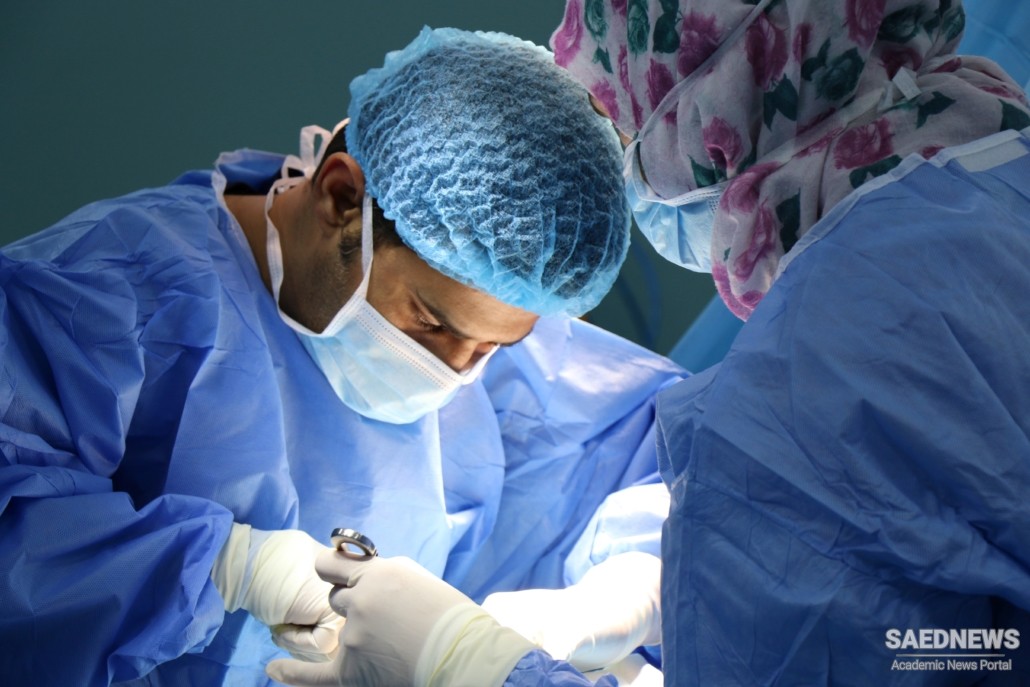Healthcare is a constitutional right. After the 1979 Revolution, Article 29 of the Constitution of the Islamic Republic of Iran established that every Iranian citizen has a right to enjoy the highest attainable level of health. The Ministry of Health and Medical Education is responsible for providing the enjoyment of this right by designing and implementing coordinated health policies and plans at a national level.
Iran’s health investment has increased significantly in the last 10 years. The country’s focus on expanding and improving its healthcare system is evident. In 2014, when initiatives had already started, the health expenditure was 6.89%. By 2017, it increased to 8.7% out of a Growth Domestic Product of $1.64 trillion. Comparing this figure to a Western country to place it in context, the United Kingdom’s health expenditure that same year was 9.6% out of a GDP of $2.93 trillion.
Public facilities are the main provider of healthcare. During the 1980-1988 war with Iraq, the Islamic Republic of Iran was in miserable conditions and it was difficult to visualize progress in the Iranian health system, especially the access of health services to rural areas. Nonetheless, the Iranian government has made many efforts to reduce rural poverty, extend the healthcare structure through health houses and provide primary, secondary and tertiary services, especially to rural areas. Today, more than 90% of Iran’s 23 million rural population has access to free healthcare services such as prenatal care and vaccination.
Health houses are the principal access point for rural residents to receive health services. Health houses are small public medical facilities that provide health services to the rural areas surrounding them. Generally, trained medical workers that manage vaccinations, maternal health care and child health care integrate these facilities. There are approximately 17,000 health houses in Iran or one for every 1,200 residents. Health Houses have had a tremendous impact on Iranian rural societies since they have improved the health infrastructure and reduced the distance that people need to travel to receive medical care. Health Houses have become an efficient and cost-effective healthcare network that has met the needs of rural communities that can sometimes experience neglect.
Urban residents can choose between public and private services. In 2016, there were 773 hospitals in Iran, which is one for every 92,100 residents. These are located mainly in cities, so urban residents have the advantage of having access to specialized healthcare. Additionally, the private sector plays an important part in the healthcare provision, focusing principally on secondary and tertiary health services in urban areas. Urban residents can decide between public and private facilities, even if the private sector tends to offer higher quality care, it is still more expensive.
The urban-rural disparity has declined significantly. The country has almost eliminated basic public health indicators, such as the neonatal mortality rate, infant mortality rate and maternal mortality rate. Four decades ago, the urban-rural disparity was significant due to inadequate coverage of the population and general instability. In fact, in 1974, the infant mortality rate in urban areas was double the rural numbers with 76 versus 130 per 1,000 inhabitants. By 1996, the indicators were almost identical with 27.7 versus 30.2 per 1,000 inhabitants. The Health House system, which has permitted access to improved healthcare around the national territory, has softened this gap dramatically.
There are many non-Governmental organizations (NGOs) active in health issues in Iran. Many NGOs are operating inside the Iranian territory offering care for more specialized issues like childhood cancer, breast cancer and diabetes. MAHAK, for example, is a nonprofit, non-political and non-governmental charity that works toward the reduction of pediatric cancer by offering comprehensive and advanced treatment services to children with cancer and their families. In 2007, MAHAK established a Pediatric Cancer Hospital that by 2014, had diagnosed and treated over 23,000 cancer-stricken children; today, this hospital plays a major role in the region for its access to the latest technology of the field. Additionally, the Ministry of Health and Medical Education supervises and supports the NGOs’ efforts to help them obtain the necessary permits in providing medical care to the Iranian population.
Medical tourism has boosted in the country. Another of the facts about healthcare in Iran is that it has become a leading country for medical tourism in the region. Many people travel to the country for its high-quality health services and advanced equipment and affordable medication and treatment compared to other countries of the region. In 2016, around 100,000 travelers visited Iran to receive medical treatment that varies from rhinoplasty to infertility treatments. Every year, healthcare in Iran is growing and calling for more patients from regional countries due to its expanded system and infrastructure.


 Iranian Health System in a Snapshot
Iranian Health System in a Snapshot














































